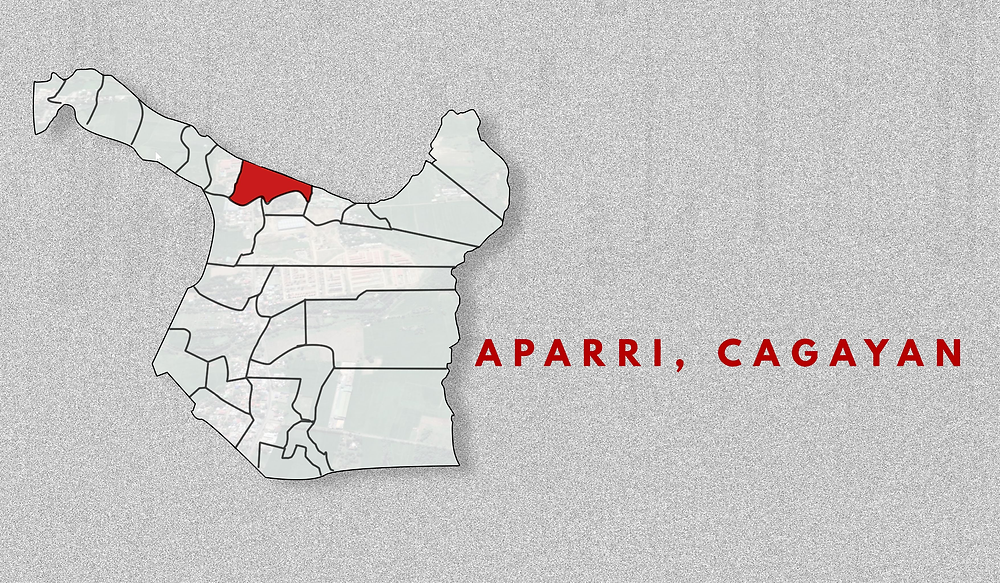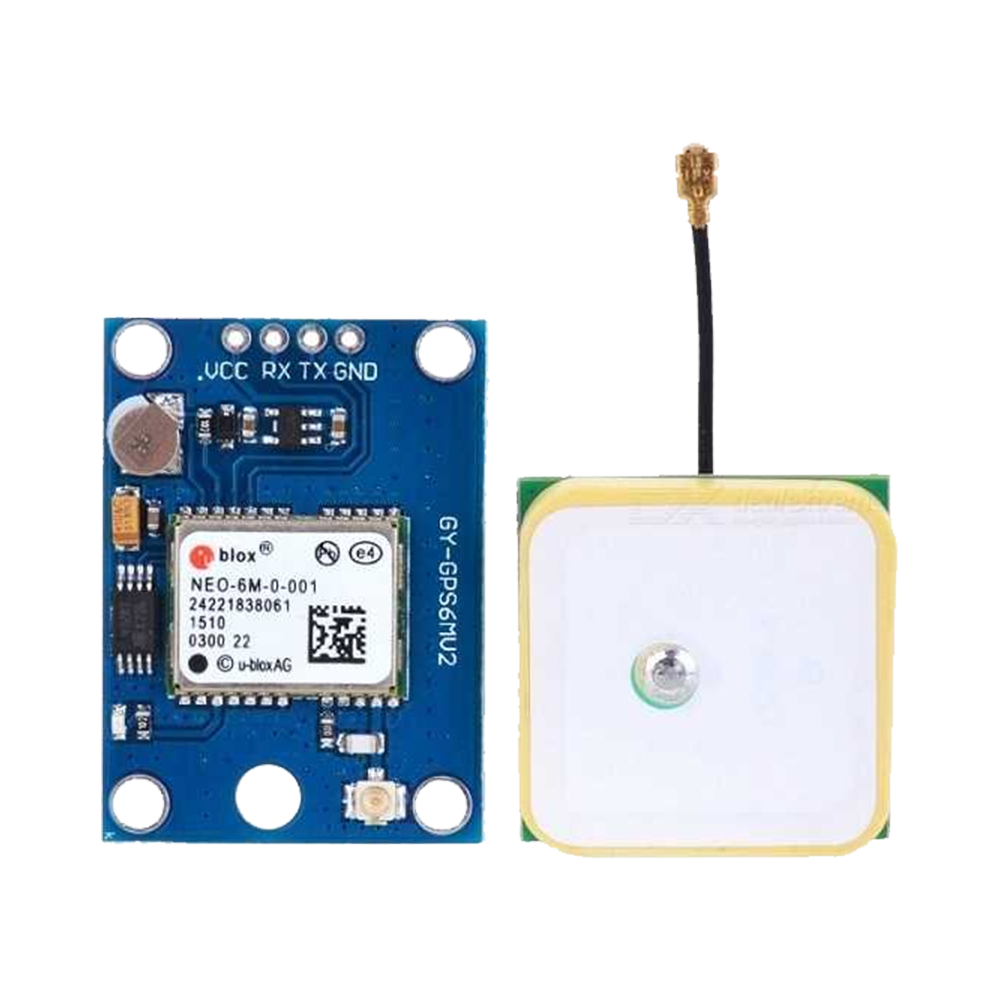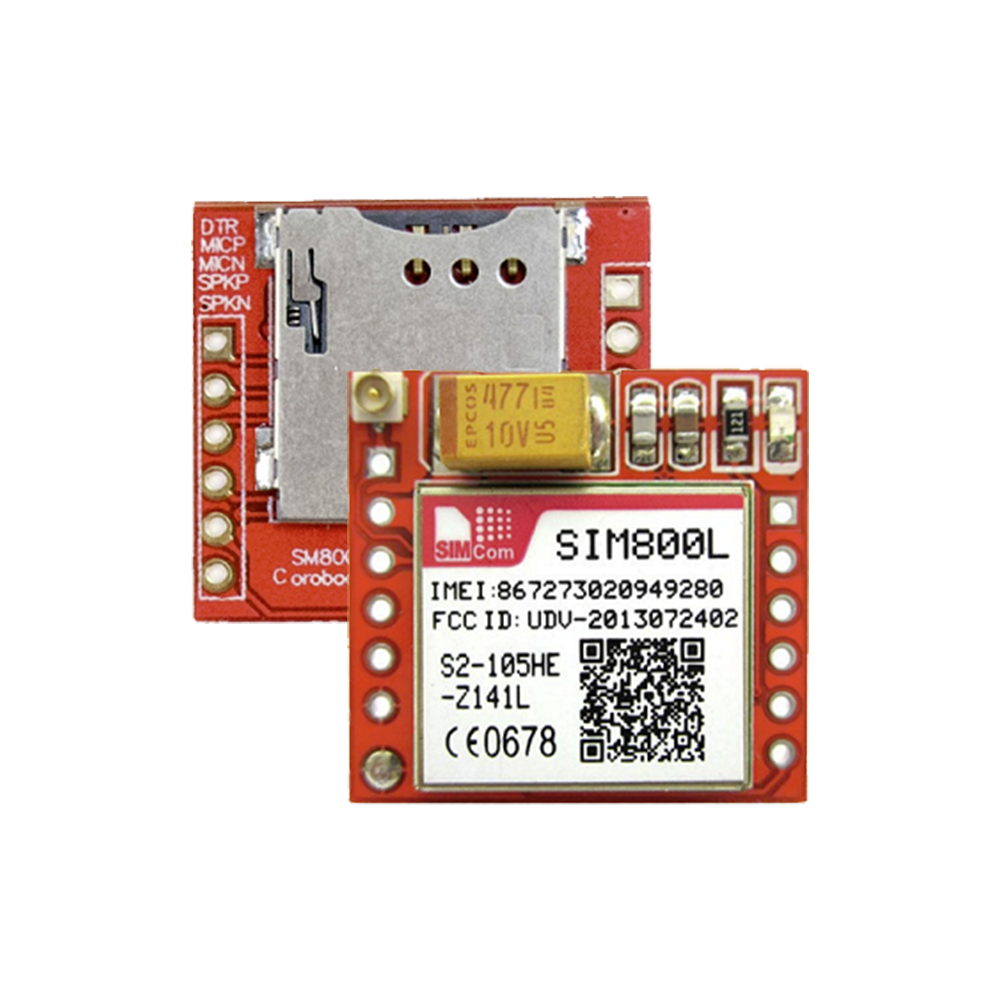
Fishermen throughout the world are exposed to risks in nature like those faced by all seafarers—heavy seas, high winds, and poor visibility. In addition, they face hazards unique to their occupation—operating near dangerous shoal waters, handling moving gear on rolling decks, and opening the holds of their vessels at sea to stow the fish they catch (Pizzo and Jaeger, 1974; Murray, 1962; Yoder, 1990). Some fishermen are capable mariners whose abilities are well matched to the operating limitations of their vessels; others are not. Still others, capable enough under ordinary conditions, may be overwhelmed by circumstances beyond their control. Depressed economic conditions and fishery management regimes increase the pressures on fishermen to earn their living. They may risk fishing in foul weather during short seasons, overload boats, install gear or operate on fishing grounds for which a vessel is not designed, or simply disregard principles of good seamanship. Though people have fished for their livelihood since earliest times (some fishing boats, gear, and methods can be traced back centuries), fishermen today must cope with changing technology and the risks that accompany it (deCarteret et al., 1980). Some innovative fishermen modify boats, gear, and deck layouts to improve their ability to harvest, especially when fishing opportunities are perceived as only fair to poor (Dewees and Hawkes, 1988; Levine and McCay, 1987; Browning, 1980). Such modifications, however, can change a vessel's operating characteristics and stability, causing great variability among even similarly designed boats and creating new safety problems. Added to wind, waves, vessels, and equipment is the human factor. Who are these men and women who go to sea to fish for a living? How do they cope? National Academies of Sciences, Engineering, and Medicine. 1991. Fishing Vessel Safety: Blueprint for a National Program. Washington, DC: The National Academies Press.
Continue reading

Given its ATmega328P microcontroller, several I/O pins, communication interfaces, and open-source design, the Arduino Uno is a versatile tool that can be used to interface with GPS modules, GSM/GPRS modules, and a variety of sensors to construct vehicle tracking systems.


The GPS GY-Neo6MV2 module delivers accurate positioning and navigation capabilities using the Global Positioning System, providing precise vehicle tracking through its capacity to receive signals from several satellites and determine real-time location coordinates.


The primary function of the GSM Module SIM800L, which is used to track vehicles, is to establish cellular connectivity. This allows for real-time data transmission and remote control via SMS or GPRS, making it possible to effectively monitor and track the location and status of the vehicle.